Imagine routing multiple DisplayPort (DP) cables across a room from your graphics card to the display units! It is costly, requires lots of labor, and can pose cable management issues. In addition, there can be instances where you may need to connect multiple displays to mobile devices with a single port.
Multi-Stream Transport (MST) technology is a one-stop solution to all these challenges. It is an advanced display technology that enables users to connect devices like laptops, tablets, and desktop PCs to a multi-monitor setup. Thunderbolt 5, USB 4, and DP 1.2 are the key players in opening new possibilities for power users. However, every user of MST requires a threshold of knowledge to build a viable multi-display setup. This guide will walk you through the basics, working principle, usage scenarios, advantages, and comparison of MST with alternate technologies.
Table of content
Understanding the Basics of DisplayPort and MST
What is MST?
MST stands for Multi-Stream Transport. It is an integral part of DisplayPort technology developed by the Video Electronics Standards Association (VESA). MST's prime purpose is to enable multiple monitors to have unique displays through a single connection.
Is DisplayPort required for MST?
VESA introduced DP in 2009, and since then, multiple versions of DisplayPort have become integral parts of modern computational devices. DisplayPort can be a protocol or a physical connector. The device's interface determines the DP version and its support for MST.
VESA introduced MST in their DisplayPort version, DP 1.2, and made it a necessary feature of all later DP versions. MST capabilities largely depend on the bandwidth of each DP version. DP 1.2 uses HBR2 transmission mode, with a bandwidth reaching 21.6 Gbps. VESA recently launched DP 2.1, which features the UHBR 20 transmission mode. It can deliver a whopping 80Gbps of bandwidth. We will discuss the number of display units that MST can support later in the blog.
Can USB-C Video Output Port feature Muti-Stream Technology (MST)?
Due to USB-C's comprehensive capabilities, laptops, smartphones, tablets, and other mobile devices are rapidly adopting the technology. USB-C cable can deliver video, audio, data, and power using a single cable connection.
The latest USB4 V2.0 uses the USB-C port and can deliver up to 40Gbps per lane, resulting in a total of 80Gbps using a dual-lane configuration. It can tunnel DisplayPort v2.1 and PCIe protocols through its connection. The tunneling capability enables users to connect a single USB-C cable to their mobile or desktop computation device and obtain multiple display outputs using the DisplayPort protocol. Owing to the DP protocol, it can also utilize the Multi-Stream Transport. The blog will describe the possible setups using a single USB-C port later in another section.
If your desktop, laptop, or tablet features a Thunderbolt port, you can unlock massive MST potential through DP 2.1 tunneling. The latest Thunderbolt 5 supports PD, DP2.1, PCIe, HDMI2.1, and USB4 protocols using the USB-C connector. Its 120Gbps data transfer rates allow higher MST capabilities than any other connection interface.
The Working Principle of the MST
Concept of Signal Transmission
DisplayPort, USB-C, or Thunderbolt connection has limited physical cable pins. The quantity of these pins represents the number of video streams the user can send. Using traditional methods limits the number of displays users can connect through a single cable.

MST enables the connection of a higher number of displays than the limitation posed by physical connection. It uses a decoupling technique to separate the physical channel video data into multiple virtual channels, called streams. Each stream represents a portion of the image. MST’s decoupling of channels utilizes the high bandwidth of DisplayPort to send micro-packets efficiently based on time.Time-division multiplexing allows multiple audio and video streams to be delivered over a single physical connection. Theoretically, up to 63 audio and video streams can pass through a DisplayPort connection. There is no syncronization requirement between these channels, which means that each stream can have different frequencies (50Hz, 60Hz, 72Hz, 75Hz, etc.). Any addition or deletion of streams is possible without disrupting the function of the remaining streams.Chained Connections and Expansion Considering MST's capability to stream multiple audio and video channels over a single physical connection, users can daisy-chain connections between monitors with DisplayPort output ports. A single cable runs from the source to the first monitor, and then other monitors connect in a daisy-chain configuration.

Another expansion method is to use a dedicated DisplayPort MST Hub. The number of display connections and their resolution depend on the bandwidth of the connection.A DP 1.2 connection with 21.6Gbps can support up to four 1080p displays, depending on the total available bandwidth and specific display configurations. In comparison, DP 2.1 theoretically allows a massive 4K resolution over a 4-monitor display setup.Advantages and Applications of MSTMST is an efficient means of multi-display configuration. It provides a clean and powerful digital signal from the source to the sink, ensuring a pristine display quality. MST improves multitasking efficiency, enhances the gaming experience, reduces the number of cables, and smaller cables minimize cable clutter. Here is the breakdown of its advantages and applications:Advantages of MSTEnhanced Multitasking EfficiencyMultiple displays are a necessary requirement for traders, streamers, designers, programmers, graphic designers, and many more. They provide them with multi-tasking capabilities. They can communicate, chat, open graphical trends, or video call on some screens while working on the primary screen. It enhances cooperation, saves time, and enhances work efficiency.Multi-Display Configuration PossibilitiesOne of the most significant advantages of MST is its versatility in display capabilities. Users can utilize the following configuration through the use of MST: Mirroring: It copies signals from the source and sends the same video/audio to multiple output display units. Extended Desktop: The extended desktop enables the expansion of workspace across multiple monitors. You can have multiple windows open across monitors, and the mouse can move seamlessly across multiple display units to perform tasks. Video Walls: For large display units such as in home theatres or control rooms, MST can show a single video output to expand the image across multiple monitors. Video wall configuration is a staple of digital signage.Reduction in Setup Costs and Cable Management IssuesMST reduces setup costs through its single cable configuration. Traditionally, multiple costly high-quality display cables ran from the source to the monitors. However, MST enables a single cable to run from the source to the display unit. Other display units can connect using small cables, reducing setup costs and cable management issues.Applications of MSTProfessional WorkstationsFinance, engineering, and design professionals rigorously utilize multi-screen setups to enhance their working capabilities. The presence of more workspace enables them to perform their tasks efficiently.Gaming ApplicationsGamers are usually the first to adopt technologies that enhance immersion. Imagine a large display with crisp video quality, low response time, and perfect color gamut. Multi-Stream Transport (MST) technology enables users to display a single video output across multiple stacked monitors, creating a video wall.Home Theatre SetupsDespite projectors' increasing capabilities, they still need to surpass the capabilities of full-fledged monitor displays. Video walls provide better quality with no shadowing or blurring. Control RoomsWhether it's a control room in a power plant, a mission control center at NASA, or a security surveillance setup, they all have one thing in common: “loads of display.” MST makes maintaining and configuring these control room displays easier. It also facilitates the seamless addition and deletion of displays without disrupting other units.EducationAuditoriums, classrooms, and lecture halls can utilize Multi-Stream Transport (MST) to ensure large displays with expansion, mirroring, and video wall capabilities.Setup and Compatibility ConsiderationsHow to Setup MSTThe prime purpose of VESA in developing Multi-Stream Transport (MST) is to make multi-display setup user-friendly. With a DP 1.2 version or higher, there are two ways to set up multi-monitor configuration:Setup Using Daisy Chain ConfigurationHardware RequirementsFollowing are the hardware requirements for a daisy chain monitor configuration using MST:DisplayPort 1.2 compatible monitor.An integrated graphics or dedicated GPU that supports MSTUSB-C or DP connection port on their laptop, tablet, or desktop PC.Monitor with DP output and MST.For optimal performance, use a high-quality USB-C cable that supports the required specifications (such as USB4 or DP 1.2). Thunderbolt 4 cables are recommended for higher bandwidth requirements.Add one additional DP 1.2 or higher cable for every other monitor in the daisy chain configuration.* A four-monitor setup will require one Thunderbolt 4 or higher cable and three DP cables.* An authentic Thunderbolt cable comes with official logos on the packet and a Thunderbolt icon on both ends.Software ConfigurationAs for software configuration, users will require the following:Windows Operating SystemOptional dedicated software for specific monitors, such as Dell Display Manager, HP Display Center, or BenQ Display Pilot, may enhance functionality but is not always required.Steps to Setup using MSTPlug the power source of your primary display monitor.Navigate the menu using the monitor’s on-board buttons.Search for MST and turn it ON.Turn ON MST on all monitors.Plug the Thunderbolt 4 or DP cable between the first monitor and your laptop, tablet, or desktop PC.Plug one end of the DP cable into the output DP port on the first monitor. Connect the other end to the second monitor's input. Repeat the process for all monitors.All monitors may display a mirror, extension, or video wall configuration.To change resolution, refresh rate, and multi-display configuration, right-click on your Windows desktop and select desktop settings.It will show all your monitor connections. However, select Multiple Displays and click Detect if the window does not show multiple displays.Now select individual displays to adjust their parameters and use the “Multiple Displays” drop-down menu to choose an extended display, mirror, or other configuration.Setup Using an MST HubHardware RequirementsMST Hub setup requires the following hardware:DisplayPort 1.2 compatible monitor.An integrated graphics or dedicated GPU that supports MSTUSB-C port on their laptop, tablet, or desktop PC.Use a powerful DisplayPort MST or USB-C MST Hub with multi-monitor connectivity. These are also available as USB C To HDMI DP.You will need an authentic “Thunderbolt 4” or “28AWG Copper DP1.2 Cable” from source to hub.Add DP 1.2 or higher cable for every monitor.* A four-monitor setup will require one USB-C cable and four DP cables.Software ConfigurationSoftware configuration is similar to the daisy chain configuration explained earlier in the blog.Steps to Setup using MSTFollow Steps 1-4, similar to the daisy chain configuration.Plug in the USB-C or DP cable between the hub/adapter and your laptop, tablet, or desktop PC.Connect all monitors using DP cables to the hub/adapter.Follow steps 7-10 from the daisy chain configuration.Common Issues During MST Setup Use of Unauthentic Cables: It's vital to use high-quality DP 1.2, USB-C, or Thunderbolt 4 cables to avoid monitor detection issues. Ensure cables are certified and of good build quality. Use cables with authentic logos, visibly good quality, and premium build material for better performance. Substandard Hub/Adapter: A substandard hub or adapter can limit the bandwidth, leading to lower resolution and refresh rates. Use an adapter from a reputed organization, like the CABLETIME 8K USB C To HDMI DP Adapter Dual 4K. Non-Compatible Monitor: It is vital to use a monitor with MST capability. A non-compatible monitor will not display or may not feature an output DP port for daisy chain configuration.Recommended Products for MST SetupCABLETIME 15 In 1 Desktop Universal Type-C Docking Station With 3 Monitor 2 HDMI Ports DisplayPort 8K USB 3.0 EthernetSPECSPower Delivery: 100WattResolution Support: upto 4K@60HzMST: 3 External DisplayData Transfer Speed: 10GbpsConnector: USB-CLAN: RJ45Key FeaturesLightning Fast 10Gbps Data Transfer Speeds3 x External Display MST for Window and SST for MacOS1000Mbps RJ45 Network PortSD 4.0, TF 3.0 Card, and 3.5mm Mic/Audio SupportCABLETIME 10 IN 1 8K USB C Hub For Dual 4K 60Hz MonitorSPECIFICATIONPower Delivery: 100WResolution Support: upto 4K@60HzMST: 2 External DisplayData Transfer Speed: 10GbpsConnector: USB-CLAN: RJ45CABLETIME 12 IN 1 USB C Hub With 2 HDMI 1 DisplayPort For LaptopSPECIFICATIONPower Delivery: 100WResolution Support: upto 4K@30HzMST: 3 External DisplayData Transfer Speed: 5GbpsConnector: USB-CLAN: RJ45Key FeaturesOne-Touch ON/OFF ControlTriple Display Connectivity with 4K MST1000Mbps RJ45 LAN ConnectivityUSB-C with DP SupportComparison with Other TechnologiesLet's compare Multi-Stream Transport (MST) technology to its predecessors and alternates:Predecessor Single-Stream Transport (SST)SST only allows a single display to connect with the source. Users had to use 3rd party splitters to duplicate a single display to multiple monitor units. There was only one stream per physical connection.Alternate High-Definition Multimedia Interface (HDMI)HDMI is a widely available connection that spreads across multi-display technologies. However, it does have a limitation in bandwidth. HDMI supports daisy-chaining through HDMI 2.1 with Display Stream Compression (DSC), which allows for multiple displays, though it is less common and typically less user-friendly compared to MST. Daisy Chaining with Proprietary TechnologiesHere is a table comparing all the available technologies:FeatureMST (Multi-Stream Transport)SST (Single-Stream Transport)HDMIProprietary Daisy-ChainingPredecessorNoYesNoYesConnectionSingle DisplayPortSingle DisplayPortSingle HDMIProprietary Display ConnectorMax DisplaysMultiple1Limited (requires Alt Mode)Limited (brand/model specific)Stream ControlIndependent streamsSingle streamLimited (device dependent)Limited (device dependent)BandwidthEfficient allocationFixedLower than DPBrand/model specificVersatilityHigh (mirroring, extended, video walls)LowModerate (device dependent)Low (brand/model specific)ComplexityModerate (requires MST support)SimpleSimpleModerate (requires specific setup)CostPotentially cost-effectiveLowLowModerate (brand/model specific)Future DevelopmentsConsidering the trend in MST developments, we can reasonably predict the following future developments: Bandwidth: The data transfer capabilities of Thunderbolt, USB, and DP are continuously increasing. We may see more virtual channels across a single physical connector. The time division multiplexing can run efficiently on higher bandwidths. Better Control Over Streams: As the number of streams increases, future MSTs may support multi-display 8K with high refresh rates, enabling unprecedented gaming support with ultra-low response times. USB-C Integration: The widespread USB-C connector is slowly becoming mainstream. The USB4 V2.0 and Thunderbolt 5 support DP Alt Mode. Monitors with USB-C connectivity can switch to only requiring USB-C connections, and DP cable MST will no longer be needed.ConclusionMST is an extraordinary method for connecting multiple displays using the DisplayPort protocol. It enables cable clutter, reduces cost, and provides an easy-to-configure method for versatile display configurations (mirroring, extended display, or video walls).The technology is superior to all its alternatives and predecessors. It is fast, user-friendly, and allows many multi-display connections. Each display can have its unique resolution and refresh rate configurable through the operating system settings or display manufacturer software.Owing to its popularity and widespread application, the MST will grow further. More display connections with a single cable will allow larger display units. DP 2.1 can deliver 80Gbps bandwidth, which will increase further. Moreover, the rising use of USB-C will eventually take over DP cables.Multi-Stream Transport (MST) is an adaptable and powerful multi-display connection technology that is set to unlock exciting new avenues. Its backward compatibility compels professionals to adopt it as early as possible. Early adopters can easily configure and upgrade their setup with minimal effort.People Also AskHow do I know if my monitor has MST?MST-compatible monitors will usually identify it according to their specifications. However, if MST is unknown, use the monitor's built-in navigation menu to search for Multi-Stream Transport (MST) under all sections. If the monitor has daisy chain connection capability, it will also feature an output of DP1.2 or higher port.Do all monitors need to support MST?Any monitor that connects with the MST hub or another monitor in a daisy-chain configuration should support MST. Otherwise, the monitors will not work together. Ensure that the monitor you aim to use specifies MST support under its specifications.Does Apple support MST?MacOS does not natively support MST for multiple independent displays, even on devices with M1/M2 processors. Connecting an Apple device to multiple monitors using MST will result in mirrored displays. So, connecting an Apple device to a monitor in a daisy chain configuration or through an MST hub will result in image mirroring only. The multiple monitor connection will not show an independent display as there is no virtual channel capability over a physical channel.Does HDMI have MST?DisplayPort or USB-C MST hub can enable connection to multiple HDMI-based displays. Each display can work in a mirror, extended display, or video wall configuration. It allows the connection of televisions, monitors, and many other devices that utilize HDMI for display.

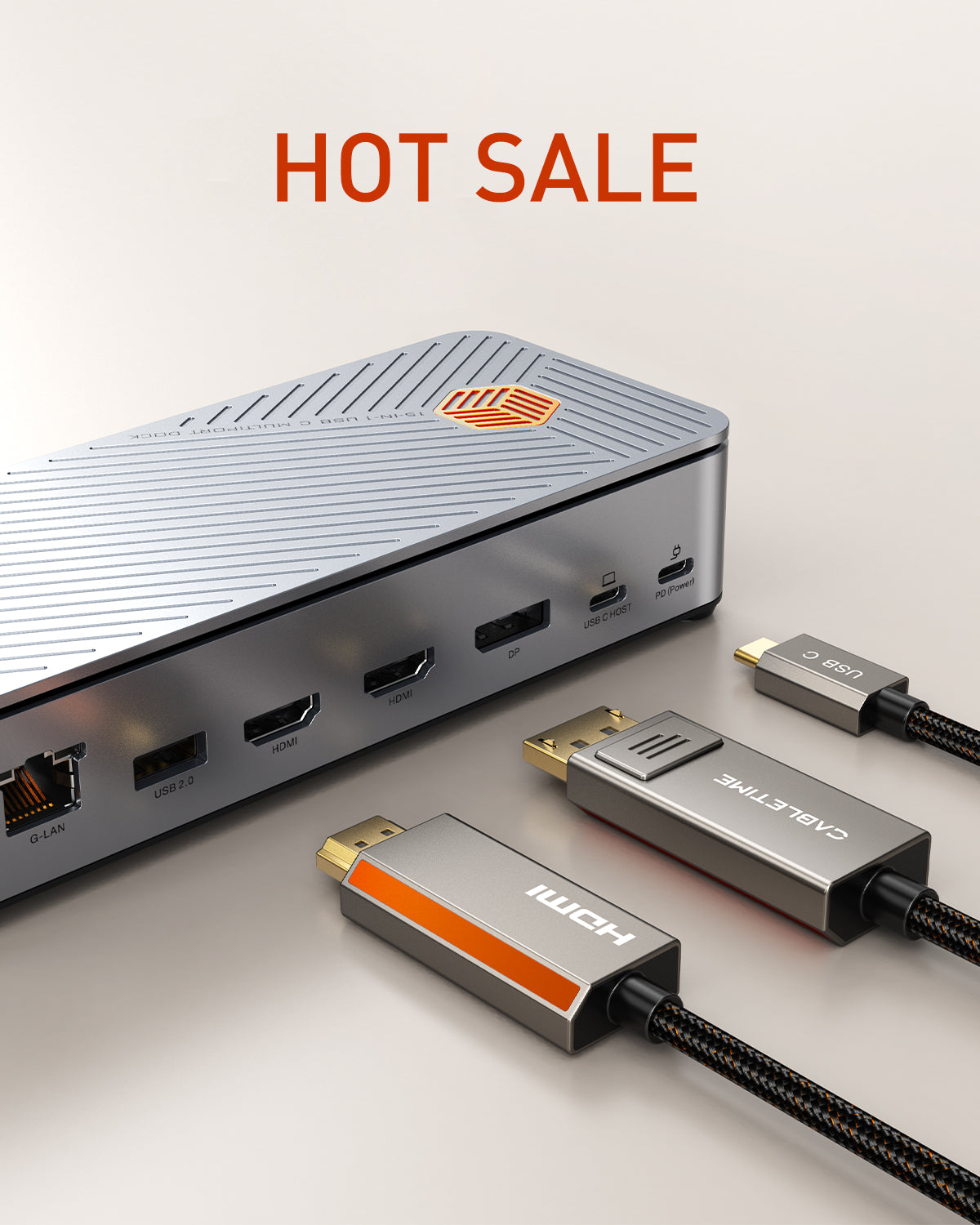
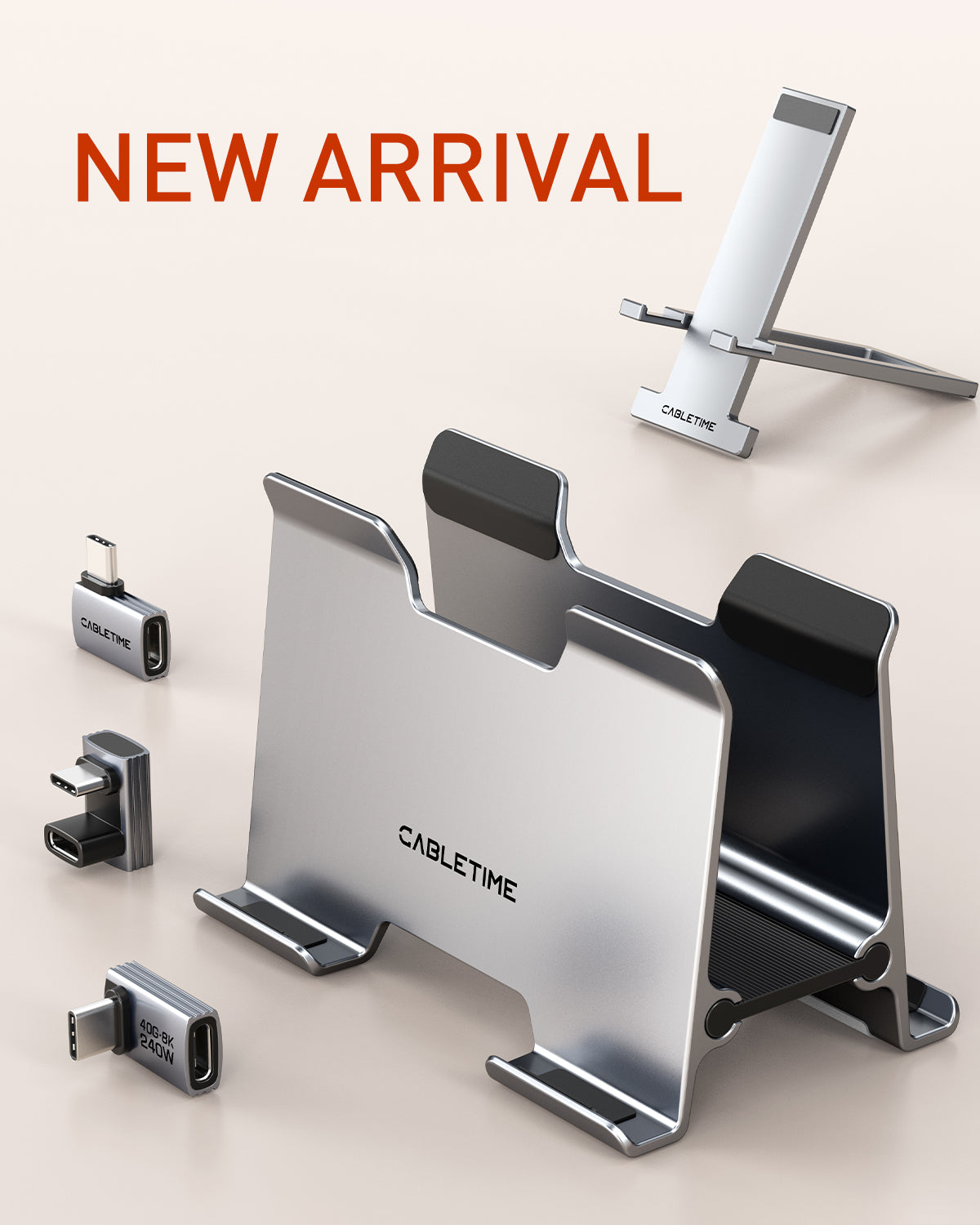
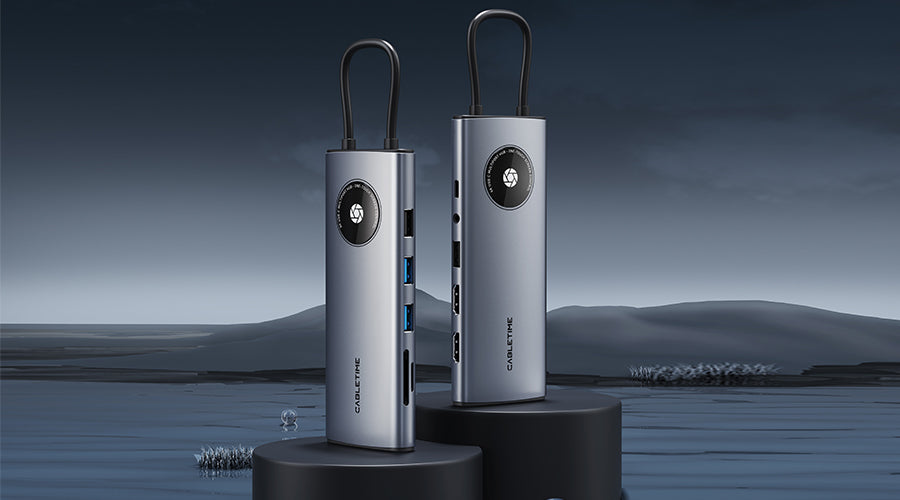
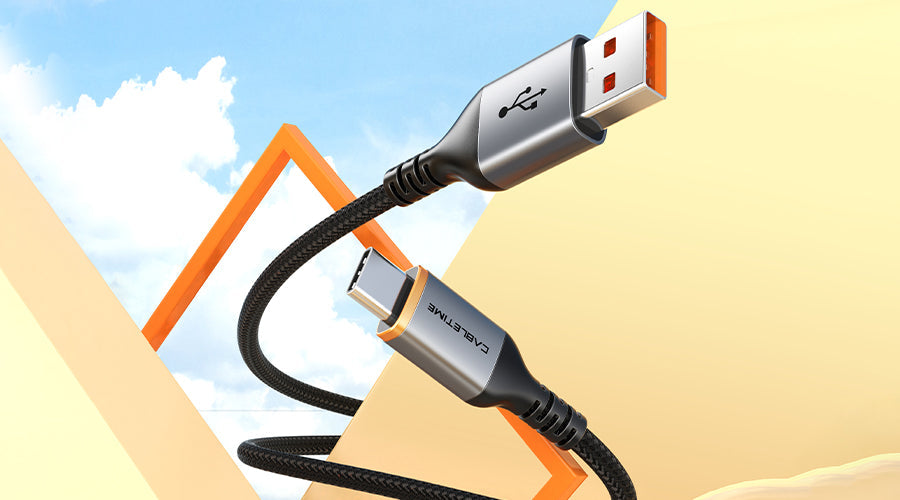
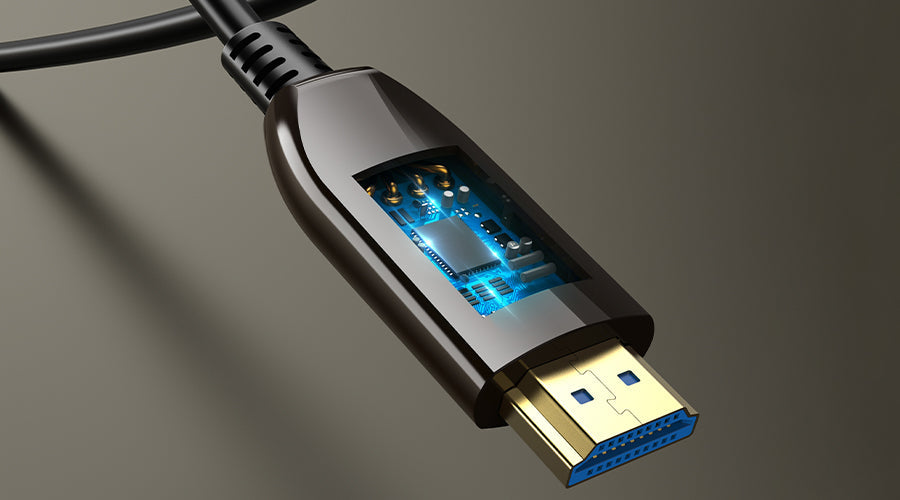
Leave a comment
This site is protected by hCaptcha and the hCaptcha Privacy Policy and Terms of Service apply.